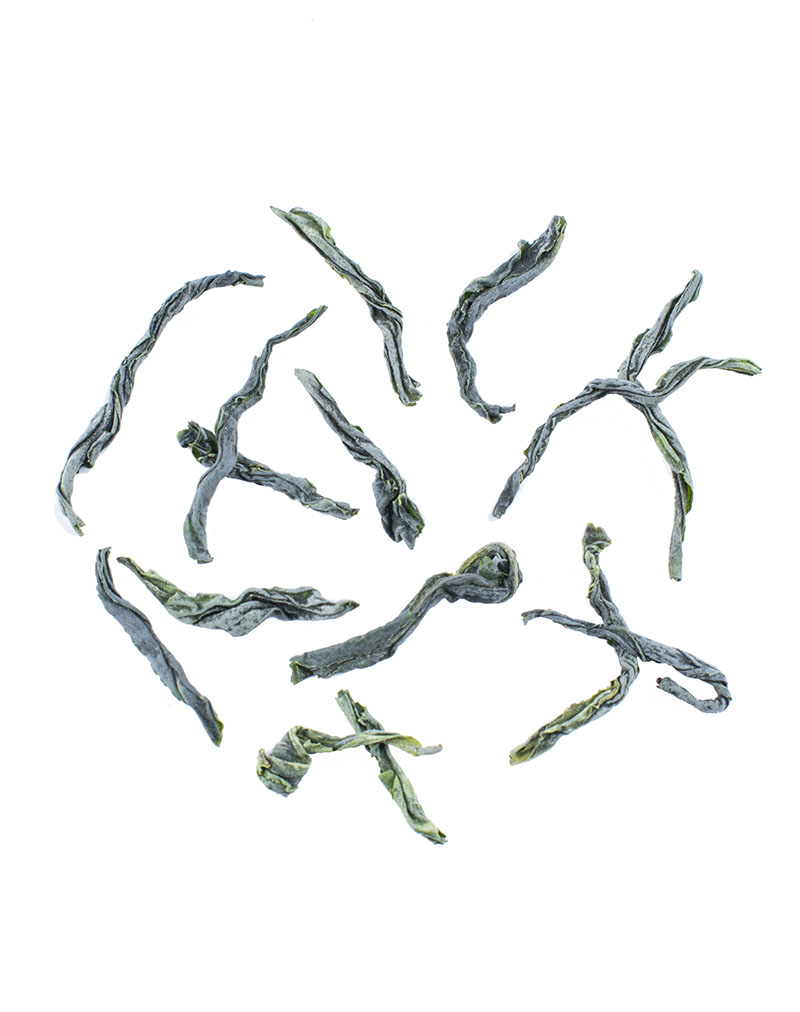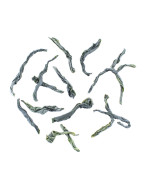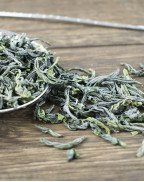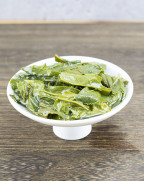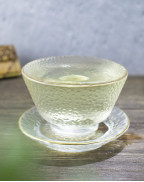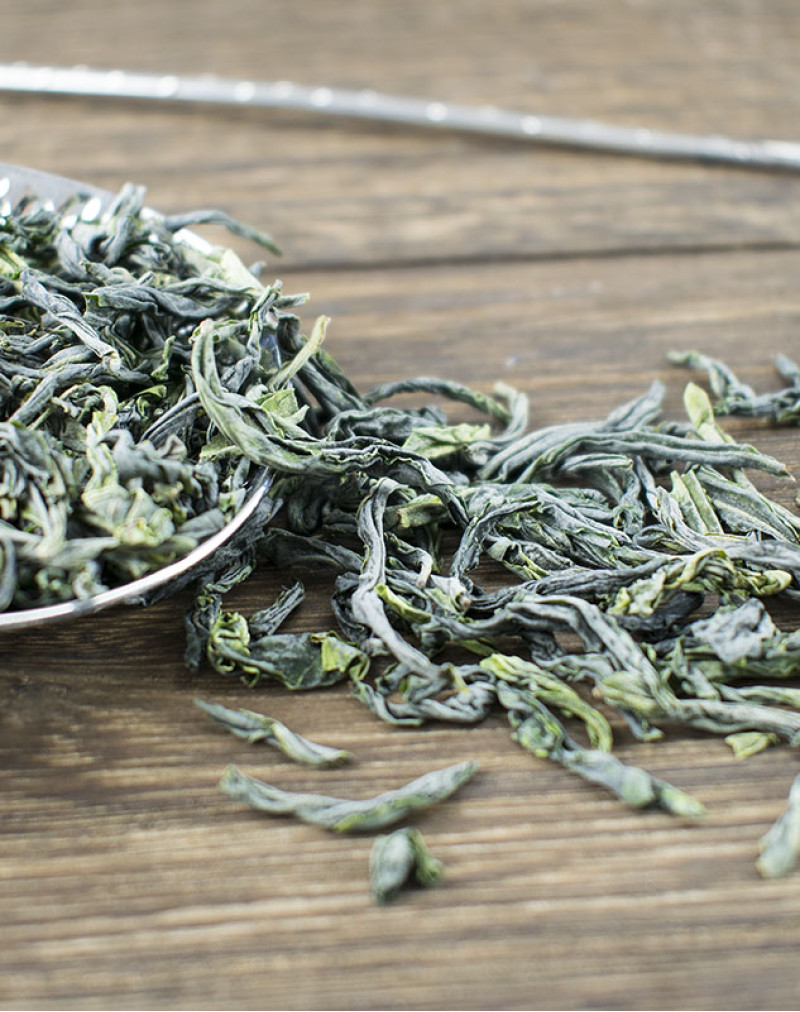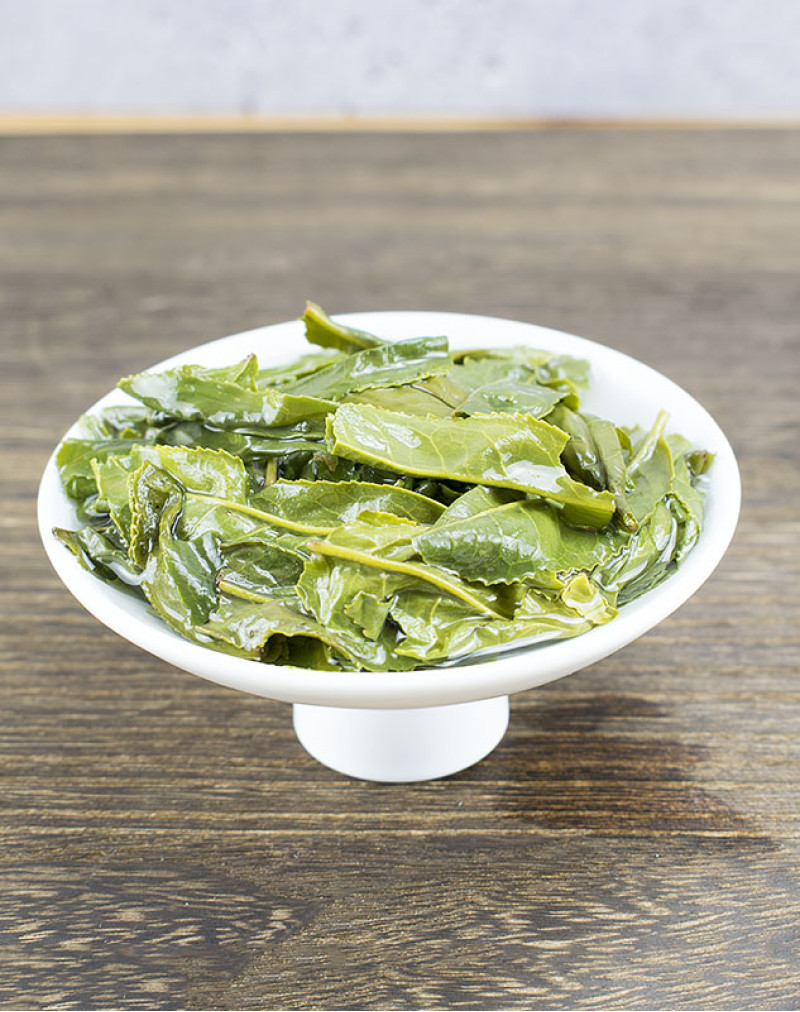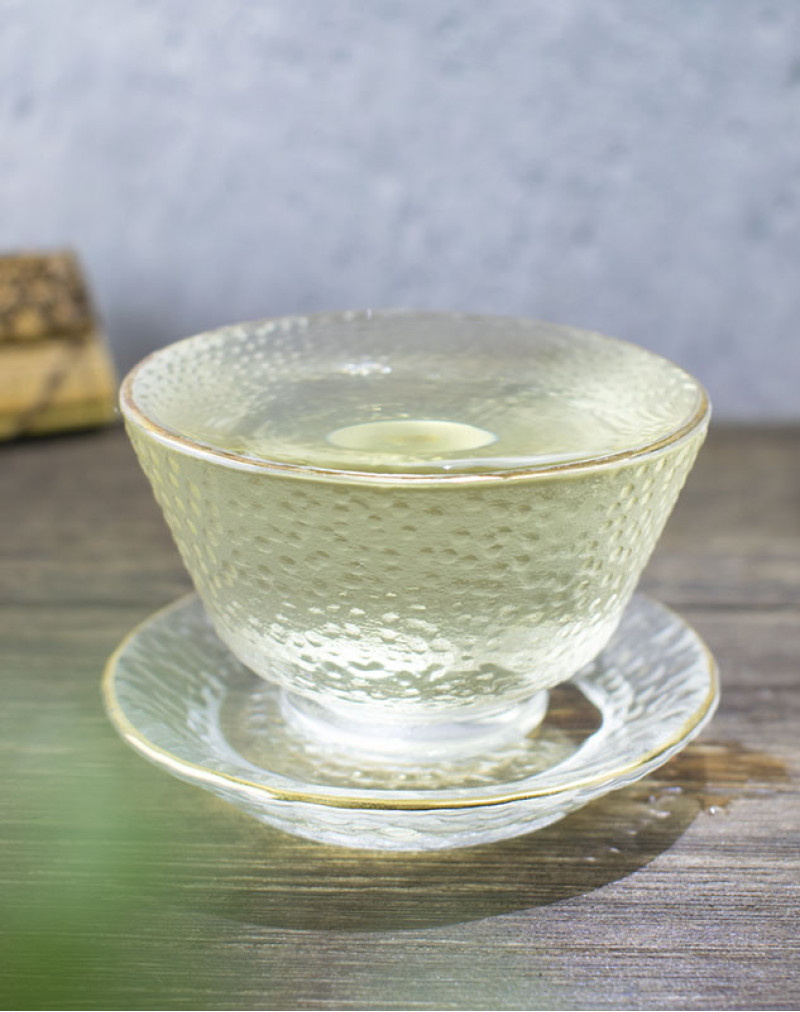Lu An Gua Pian (Melon Seed) Green Tea
- Product Code: Simple
- Availability: In Stock
Basic Info
Name: Lu An Gua Pian (Melon Seed) Green Tea
Origin: Lu an City, Anhui province, China
Taste & Aroma: Sweet mixed with nut notes, juicy, invigorating, fresh, earthy,long-lasting, sweet aftertaste
Liquor: Pale yellow, bright lemon yellow
Dry Leaf: Curled, distinctly shaped leaf, with no bud or stem
Season: Spring
Harvest Period: April 4, 2024
Caffeine: Low
Item Form: loose Leaves
Ingredients: hand-picking natural tea buds and leaves
Storage: stored in cool, airtight, opaque containers - refrigeration is recommended
Shelf Life: 10 months at room temperature / 18 months with low temperature storage
Flavor: unflavored
Sourcing : Teapooo
Lu An Gua Pian (Melon Seed) Green Tea
Brief Info
Lu An Gua Pian green tea is produced in Yu 'an District of Lu 'an City and the adjacent mountains and low
hills of Jinzhai and Huoshan counties. The main producing areas are the former Jinzhai County and Yu 'an
District at the northern foot of Dabie Mountains. Jinzhai County is located in the northern foot of Dabie
Mountain, surrounded by mountains, with a mild climate and a good ecosystem, which is very conducive to the
growth of the famous Lu 'an melon tea, among which the melon teas produced by Batong Tea Farm are the most
authentic.
Lu An Gua Pian, (六安瓜片), also known as Melon Seed tea, is a famous Chinese green tea from the Lu'an city of Anhui province. The tea is named for its flat and thin shape that resembles a melon seed. It originates in places like Qiyun Mountain in Lu’an District, Anhui Province.

Lu An Gua Pian Tea Garden
Show Full Description
History
During the Tang Dynasty, it was called "Lu Zhou Liu'an Tea," and during the Ming Dynasty, it was called "Lu' an Guapian," a high-quality and top-grade tea. In the Qing Dynasty, it was offered as a tribute tea to the imperial court.
"Lu 'an Gua pian Green Tea" evolved from "Lu 'an Tea" and is a fine product in the Qing Dynasty. According to the historical records of Lu'an and the book "Suiyuan food list(隨園食單)" written by the poet Yuan Mei during the reign of Emperor Qianlong of the Qing Dynasty as well as other folklores, Lu An Gua Pian green tea evolved from the "Qishan Yunwu Tea(齊山雲霧)" in Lu'an tea in the middle of the Qing Dynasty. Lu An Gua Pian green tea originated in the mountains around Qitou mountain (齐头山) and was listed as a tribute tea in the Qing Dynasty. It was enjoyed by the Emperor Guangxu (1878-1908) and Empress Dowager Cixi (1861-1908).
Then name ‘六安瓜片(Lu An Gua Pian)’ translated literally as Lu’ an Melon Seed. Its name comes from the flat oval shape of the processed tea, similar to melon seeds.
Lu An refers to the origin of this tea - Lu 'An County Anhui Province. The 'Gua Pian 'part of the name comes from tea leave shape - Gua Pian means melon seed. Combining the two parts, the name can be literally translated as "Melon Seed from the County of Lu’An".

Leaves Comparison Of Lu An Gua Pian Green Tea
Lu An Gua Pian tea has a long history and it is one of the oldest teas in China. It was called "Luzhou Lu 'an Tea" in the Tang Dynasty, "Lu 'an Guapian" in the Ming Dynasty and became a royal tribute tea in the Qing Dynasty. After the founding of the People's Republic of China (PRC), Lu 'an Guardian has been used as special gift tea exclusively for honoured guest.In 1971,it was chosen as a special gift for Henry Kissinger during his first secret visit to China.

The geographical position of Anhui
Making
Lu An Gua Pian green tea is produced in Yu 'an District of Lu 'an City and the adjacent mountains and low hills of Jinzhai and Huoshan counties. The main producing areas are the former Jinzhai County and Yu 'an District at the northern foot of Dabie Mountains. Jinzhai County is located in the northern foot of Dabie Mountain, surrounded by mountains, with a mild climate and a good ecosystem, which is very conducive to the growth of the famous Lu 'an melon tea, among which the melon teas produced by Batong Tea Farm are the most authentic.
The picking standard of Lu 'an melon slices is different from other green teas. In China, most green teas are made from one bud with 1-3 leaves. Lu An Guan Pian is different in that only the second leaf is used in the processing, not the bud. The central vein of each leaf is removed, and the leaves are fried and shaped to stop the action of oxidase and dry the tea leaves.
Lu 'an Guapian tea is usually picked in the Grain Rain (谷雨) season (around April 20th), when the tea leaves are at a more mature stage and the size of the leaves is at the right size. The picked leaves are then stir-fried (roasted) successively in two types of adjacent iron woks with charcoal fire, one is called ‘生锅 (unripe wok)’,the other is ‘熟鍋 (ripe wok)’ to remove most of the moisture. This process is also known as fixation or kill-green. In the whole process of leaf shape formation, a special small broom is needed (leaves are rolled with the broom rather than hand).
The production process of Lu'an Gua Pian is relatively the most complicated and takes the most time in green tea.

The Baking Step of Lu An Gua Pian Tea
The following are the general steps for making Lu'an Gua Pian tea.
1.Leaf picking - The traditional process requires that the whole branch with three or four leaves be picked, then separated according to the age and tenderness of the leaves, and then the bud head and the tea stem are removed, because the tea stem is not needed to make Lu'an Gua Pian tea.
2.Withering - Similar to other green tea production processes, it mainly allows the tea to dissipate some grass flavor and lose some water.
3.Fixing / kill-green, the traditional process requires two iron pots - "raw pot" and "ripe pot". The temperature of the raw pot should be higher than that of the ripe pot. This process also needs the help of a "tea handle" made of fine bamboo or sorghum, which is like a flat broom. The special shape of Lu'an Gua Pian tea is formed by the constant beating of this small broom. The whole process needs skilled old workers to complete.
4.Baking - the baking step of Lu'an Gua Pian is a complex process, including "La Mao Huo", "Jian Pian", "Xiao Huo", "Hui Shui", "La Lao Huo" and other steps. This process usually requires a special workbench, and usually requires two people to work together to complete. This is also a need for experienced and strong tea workers to complete. This process has a great relationship with the aroma and taste of the finished tea.
It is the only tea in the world made from a single leaf without buds or stems. Removing the buds not only preserves the shape of the single leaf but also eliminates any grassy taste. During the production process, the stems become woody and are removed, ensuring that the tea is strong without being bitter and fragrant without being astringent. Lu'an Guapian is harvested within ten days before or after the Grain Rain festival, using two or three leaves and seeking "strong" rather than "tender" leaves
Characteristics
Lu An Gua Pian is known for its unique single leaves. The pan-fried leaf of this famous green tea has a distinct shape. By pan-frying (pan fixation) over low heat, the leaves are curled into melon-seed like shape, resulting in a vegetable liquid with complex taste and sweet aftertaste.

Lu An Gua Pian Tea Trees
This Lu An Gua Pian green tea has melon seed-shape leaves which are neat and tightly twisted with an appealing
emerald tint in appearance. Curly leaves can produce a bright green liquid with a fresh plant fragrance. This
taste has a fresh botanical and exciting characteristics, with a hint of spinach and grass flavor. The brew has
a smooth, sweet, nut-like flavor that is slightly reminiscent of the toasted chestnut aroma.
| Chinese Gongfu Method | |
| Tea | 3g |
| Water | 3oz / 85ml |
| Time | 4 Infusions: 15s, 35s, 1m, 1m20s |
| Temperature | 185℉ / 85℃ |
| Teapot Method | |
| Tea | 7g |
| Water | 12oz / 350ml |
| Time | 1 - 5 mins |
| Temperature | 176℉ / 80℃ |


